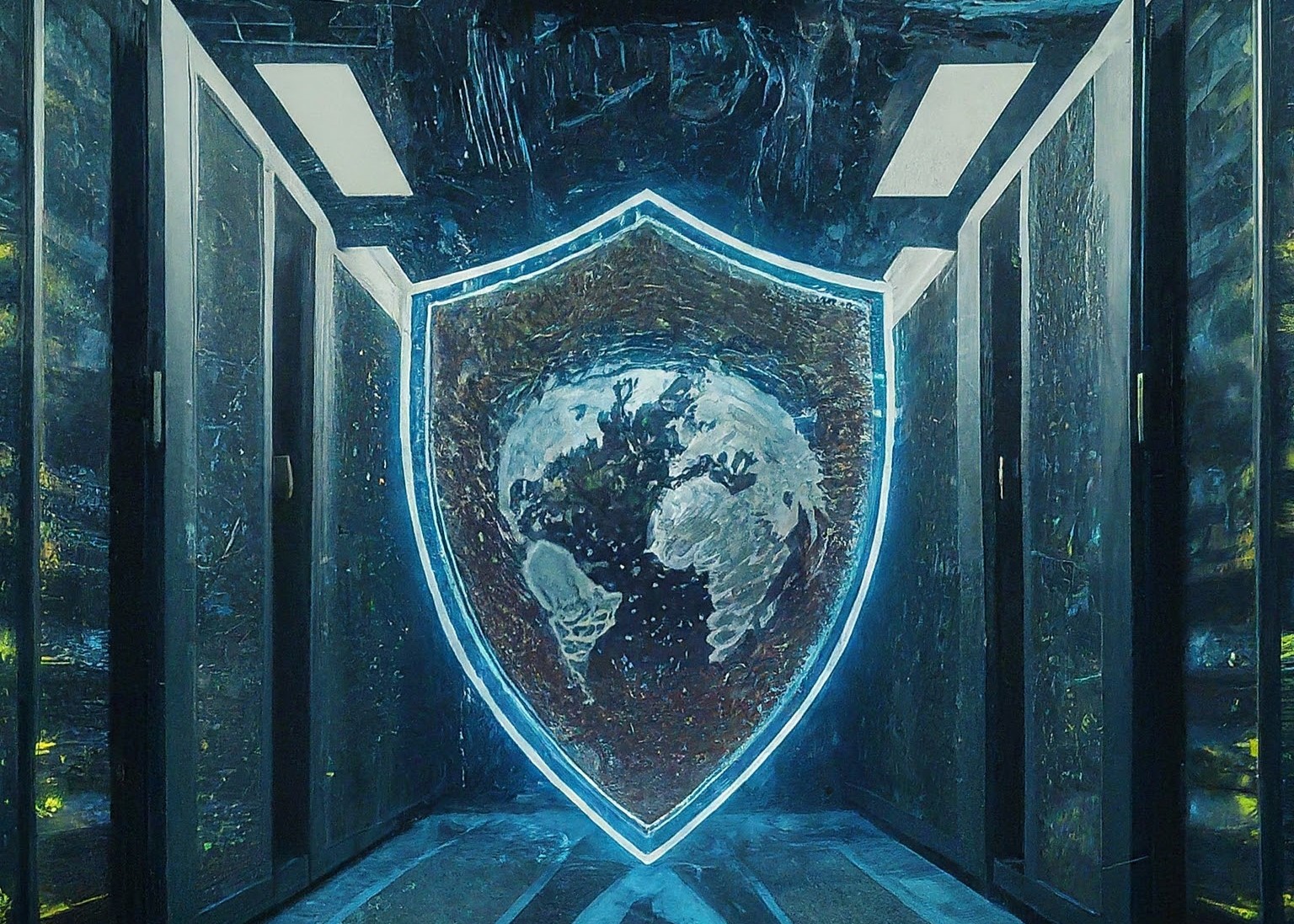Cybersecurity
Cisco prepares for huge productivity
gains – and threats
A new data centre cybersecurity system called Hypershield would not have been possible without AI, Cisco SVP Tom Gillis tells ARTHUR GOLDSTUCK.
Thirty years ago, when the Internet took the world of business and entertainment by storm, few realised the demands it would make on infrastructure. Among those few was a South African, Chris Pinkham, who helped come up with architecture for the first global cloud computing provider, Amazon Web Services (AWS), in the early 2000s.
The cloud, in turn, drove the construction of massive, scalable data centres, known as hyperscalers, around the world. AWS eventually laid down such data centres in Cape Town in 2020, followed by Microsoft’s Azure data centre in Johannesburg in 2021. More have followed, from the likes of Oracle, Google, and Huawei, while localised operators such as Terraco, African Data Centres and BCX continually expanded their footprints.
Just as it seemed that all these players had finally caught up with the data infrastructure the world needed, artificial intelligence (AI) exploded. Along with its massive promise has come a massive demand on resources, which seems to be beyond the capability of current data centres.
Both in terms of resource capacity and cybersecurity capability, there is a general sense that the data centres built over the past two decades need a major revamp to be up to the task.
“The productivity impact of these AI tools is staggering,” says Tom Gillis, senior vice president and general manager of security at global networking equipment leader Cisco. “I run a very large-scale engineering team, and when I look at the output that we can get from this team of thousands of engineers, it’s as if I suddenly got 50% more engineers. We’ve never had this kind of boost in productivity.”
However, the productivity explosion is fuelling insatiable demand for computing power, and a massive cybersecurity challenge.
As Gillis bluntly told us last week, “We’re looking at a period where data centres are going to scale by one or maybe two orders of magnitude, in a relatively short order.”
To prepare for this seismic shift, he says, Cisco has developed a revolutionary new solution called Hypershield, which rethinks security infrastructure as distributed AI-driven software. The product was announced on Thursday, and will become available to all enterprises in August 2024.
“We’re taking the architectural approach where infrastructure that used to come in a box is now software distributed across the entire compute landscape.”
What makes Hypershield truly disruptive, he says, is that it was “built from the beginning using AI capabilities. We wouldn’t have been able to do some of the things we’re doing if we weren’t designing with AI in mind.”
At its core, Hypershield features security capabilities that operate autonomously using AI.
“It’s literally a network security device that writes its own rules, tests its own rules, deploys its own rules. When the situation changes, it removes rules that are no longer valid, lifecycle-manages the rules and then, almost magically, upgrades itself overnight.”
This self-upgrading, self-managing functionality is powered by an innovative architecture built into the fabric of data centre infrastructure: “Instead of having a small number of appliance-like boxes, we have thousands or tens of thousands of little enforcement points. And everywhere there’s an enforcement point, we run two data paths in parallel, one a ‘shadow’ instance learning from the other.”
This vast level of deployment would not have been possible without AI, and Gillis is confident it will thwart even sophisticated cyber-attacks:
“I argue that the ability to process massive quantities of data we could never comprehend before, using GPUs (graphics processing chips), DPUs (data processing chips) and AI software, will give defenders a huge advantage over attackers.
“Making really good AI-powered phishing is just an incremental advantage for attackers. But Hypershield lets us apply enormous computing power, at machine speeds, to automatically identify and block attacks.”
* Arthur Goldstuck is founder of World Wide Worx, editor-in-chief of Gadget.co.za. Follow him on Twitter and Instagram on @art2gee.



















